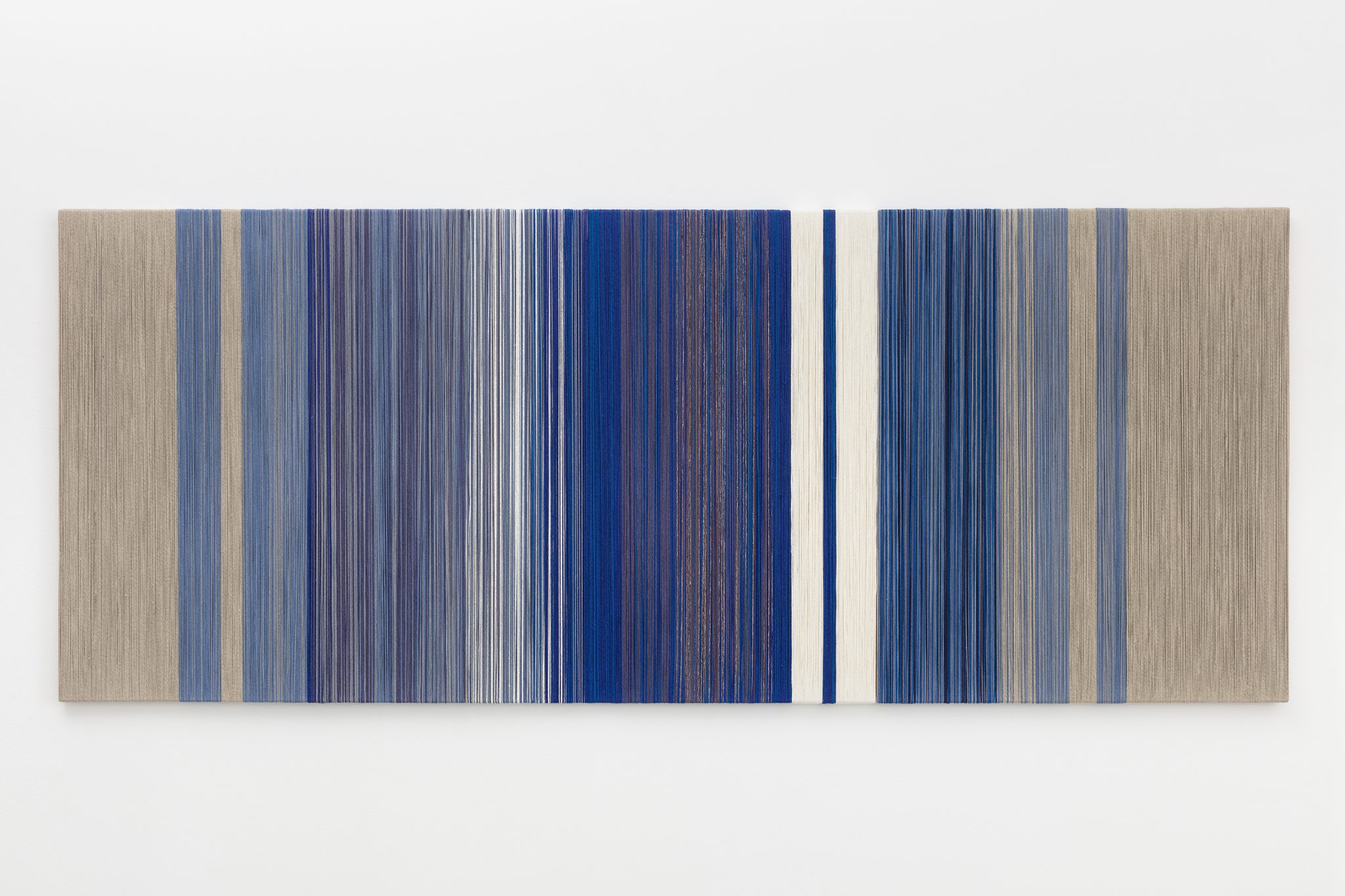Opening 19/05 - 19/05 - 16/07, 2021
-
Sheila Hicks
Cosmic Arrivals
It was at a very young age that Sheila Hicks began to observe nature and the power that permeates it. Thanks to her lessons from the artist and teacher Joself Albers and her regular trips to South America, the artist began reflecting on the central role played by Mother Nature, observing the shapes, colors, and trying to see deeper into the details of it.
“Nature determines everything. Climate and light influence space. Each of my works inhabits in a particular place, respects its history, its temperature, its architecture”.
Sheila Hicks has come to understand that, in order to give a voice to the fascinating nature that she observed every day in South America, she would have to move away from painting and experiment with a new medium. She found it right in the heart of Pre-Columbian culture: weaving. Abandoning painting was the cause and consequence of a new approach that could not but result in a new medium. For painting dictates that color is placed onto and over the canvas, thereby obscuring it. A relationship of subordination, therefore, which to Sheila was unacceptable. A passion for thread dictates a completely different approach, which she was immediately attracted by. She appreciated its aesthetic power, but also its social, cultural and political role, one that links all the peoples of the world. Weaving is a common language, and it is an intimate one, devoid of the superfluous elements that characterize languages in use. It is no coincidence that weaving is rooted in nature itself. Before becoming artificial, the natural fibers of textiles are part of nature.
Fibers are unmade and recreated in her hands. Cloth is thus the cornerstone of a way of thinking that was developed under the influence of her mentor Albers and continued through the search for a new construction of color and the reuse of textile fibers, often considered functional or decorative.
The materials are represented by the feeling that they give us, even just by looking at them. Wool, cotton, natural or synthetic fibers are what cover and protect our bodies. Our skin knows the sensations that the textiles give us and recognizes them when moving through the space which Sheila brings to life.
Although Sheila Hicks’ art has more often been seen through the lens of weaving, the theme of color is just as important. The choice of the textile may very well be the result of her innate “chromophilia”. Sheila treats color as a material. Fibers and colors are the subjects of her choreography.
It is hard to find the right words to describe the most intimate of the feelings and perceptions that her works are capable of giving to the space and to whoever enters it and experiences it. One could perhaps do it by reading a poem or listening to a piece of music. What guides Sheila are rhyming couplets or a harmony, a sort of dance. Indeed, Sheila positions the elements in the space by dancing. Their correlation creates a harmonious cosmos where every element is in its place for a reason, like notes in a musical score. Alone they evoke a sound, together they become music. “I need to make color dance”.
It was at a very young age that Sheila Hicks began to observe nature and the power that permeates it. Thanks to her lessons from the artist and teacher Joself Albers and her regular trips to South America, the artist began reflecting on the central role played by Mother Nature, observing the shapes, colors, and trying to see deeper into the details of it.
“Nature determines everything. Climate and light influence space. Each of my works inhabits in a particular place, respects its history, its temperature, its architecture”.
Sheila Hicks has come to understand that, in order to give a voice to the fascinating nature that she observed every day in South America, she would have to move away from painting and experiment with a new medium. She found it right in the heart of Pre-Columbian culture: weaving. Abandoning painting was the cause and consequence of a new approach that could not but result in a new medium. For painting dictates that color is placed onto and over the canvas, thereby obscuring it. A relationship of subordination, therefore, which to Sheila was unacceptable. A passion for thread dictates a completely different approach, which she was immediately attracted by. She appreciated its aesthetic power, but also its social, cultural and political role, one that links all the peoples of the world. Weaving is a common language, and it is an intimate one, devoid of the superfluous elements that characterize languages in use. It is no coincidence that weaving is rooted in nature itself. Before becoming artificial, the natural fibers of textiles are part of nature.
Fibers are unmade and recreated in her hands. Cloth is thus the cornerstone of a way of thinking that was developed under the influence of her mentor Albers and continued through the search for a new construction of color and the reuse of textile fibers, often considered functional or decorative.
The materials are represented by the feeling that they give us, even just by looking at them. Wool, cotton, natural or synthetic fibers are what cover and protect our bodies. Our skin knows the sensations that the textiles give us and recognizes them when moving through the space which Sheila brings to life.
Although Sheila Hicks’ art has more often been seen through the lens of weaving, the theme of color is just as important. The choice of the textile may very well be the result of her innate “chromophilia”. Sheila treats color as a material. Fibers and colors are the subjects of her choreography.
It is hard to find the right words to describe the most intimate of the feelings and perceptions that her works are capable of giving to the space and to whoever enters it and experiences it. One could perhaps do it by reading a poem or listening to a piece of music. What guides Sheila are rhyming couplets or a harmony, a sort of dance. Indeed, Sheila positions the elements in the space by dancing. Their correlation creates a harmonious cosmos where every element is in its place for a reason, like notes in a musical score. Alone they evoke a sound, together they become music. “I need to make color dance”.
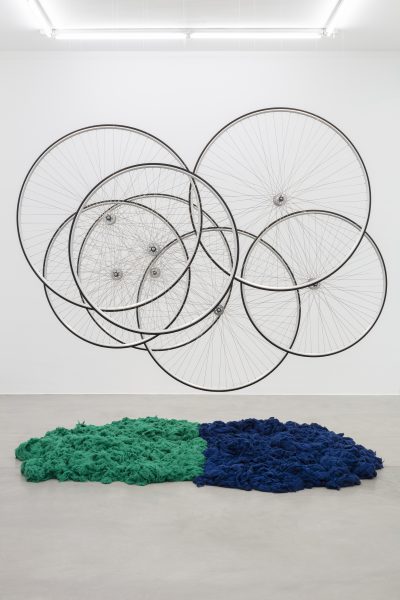 Pedaling Into Dream Space , 2021bicycle wheels and wool
Pedaling Into Dream Space , 2021bicycle wheels and wool
276×270×230 cm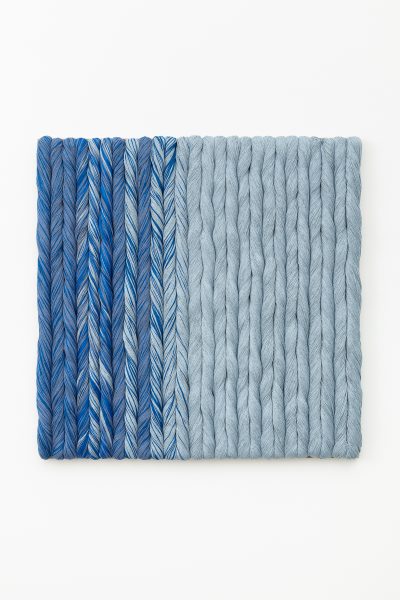 Iskandar, 2020linen, wood and aluminium
Iskandar, 2020linen, wood and aluminium
100×100×7 cm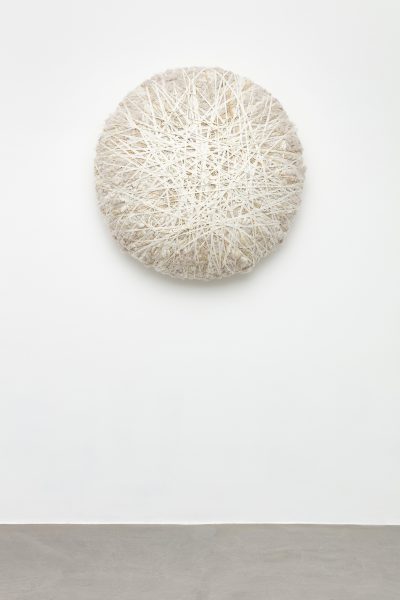 Polar Comet, 2020Linen, wool, natural and synthetic fibers
Polar Comet, 2020Linen, wool, natural and synthetic fibers
110×110×37 cm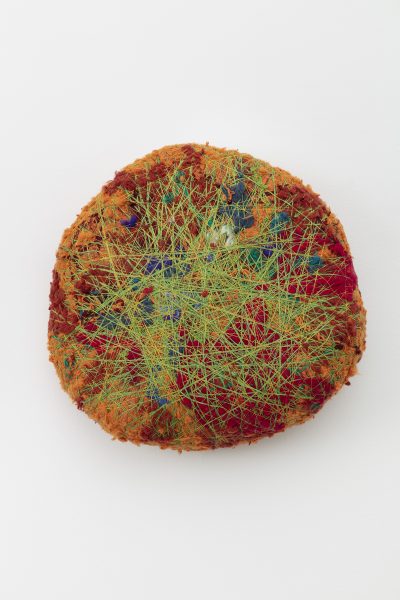 Untitled, 2020Natural and synthetic fibers
Untitled, 2020Natural and synthetic fibers
77×77×24 cm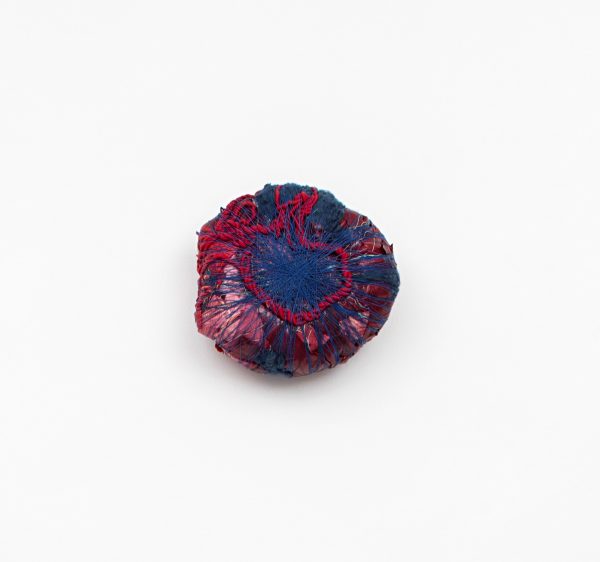 Sister C, 2016Wool, leather, cotton, linen
Sister C, 2016Wool, leather, cotton, linen
34×34×15 cm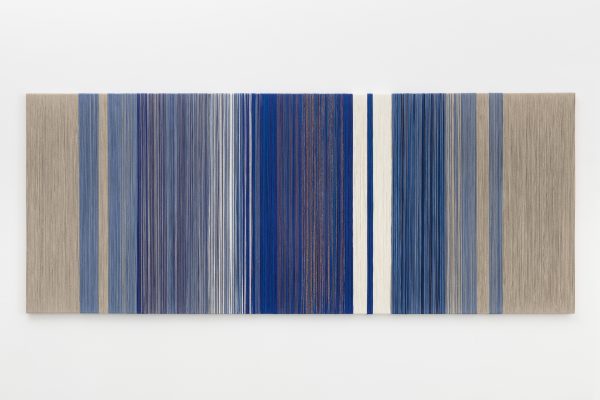 Untitled, 2021Linen, wood and aluminium
Untitled, 2021Linen, wood and aluminium
120×300×4 cm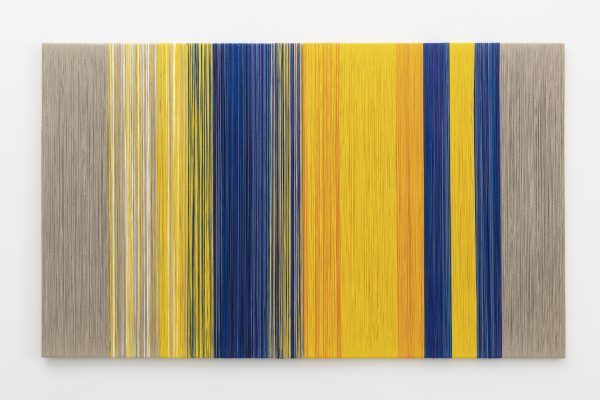 Amarillo intense contained by Blue with determination, 2021linen, wood and aluminium
Amarillo intense contained by Blue with determination, 2021linen, wood and aluminium
120×200×4 cm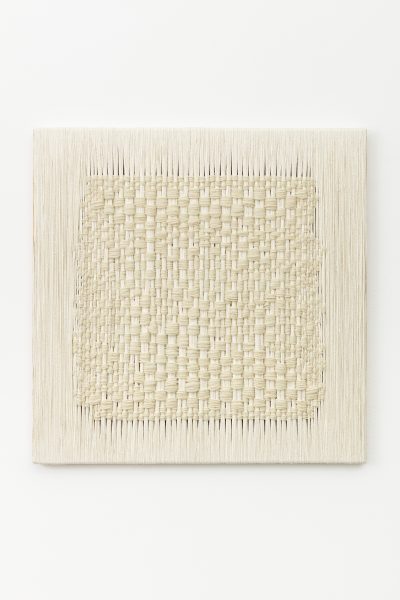 Untitled, 2021Linen, wool, wood and aluminium
Untitled, 2021Linen, wool, wood and aluminium
90×90×4 cm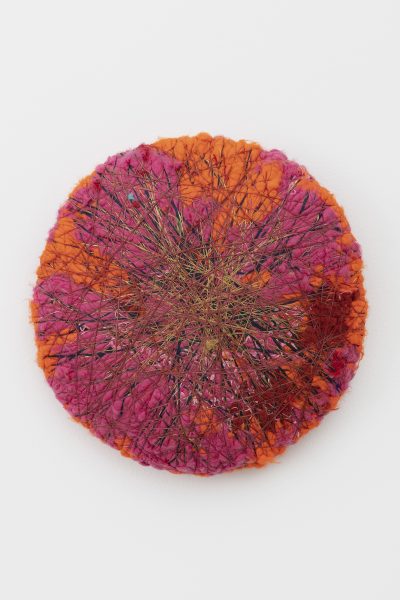 Shiraz, 2020Natural and synthetic fibers
Shiraz, 2020Natural and synthetic fibers
53×53×14 cm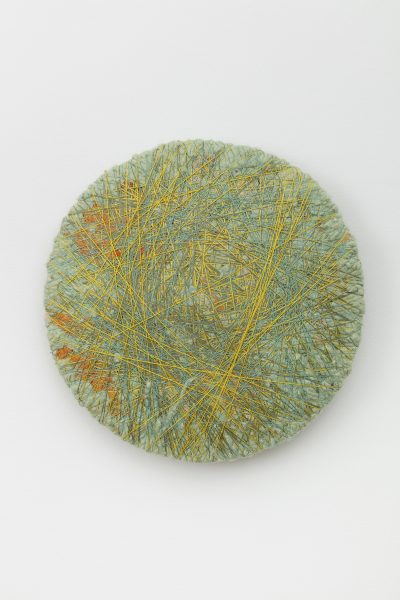 Kalila Wa Dimma, 2020Natural and synthetic fibers
Kalila Wa Dimma, 2020Natural and synthetic fibers
82×82×14 cm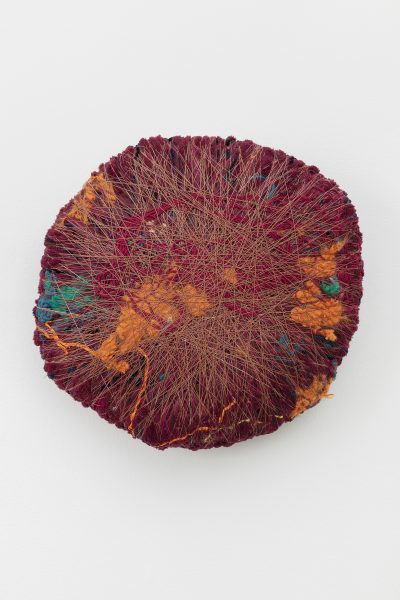 Untitled, 2020Natural and synthetic fibers
Untitled, 2020Natural and synthetic fibers
60×54×19 cm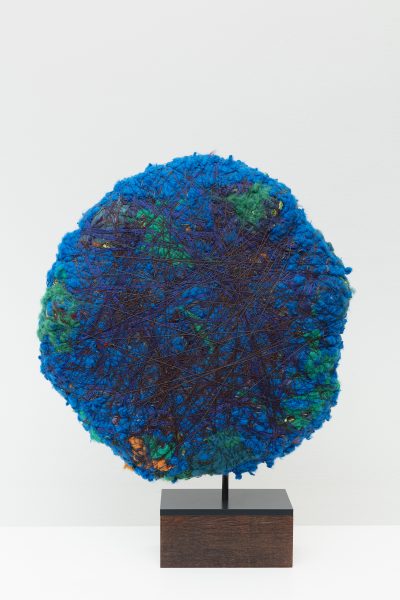 Herat, 2021Natural and synthetic fibers, metal and wooden pedestal
Herat, 2021Natural and synthetic fibers, metal and wooden pedestal
47×46×16 cm
hight with pedestal 61 cm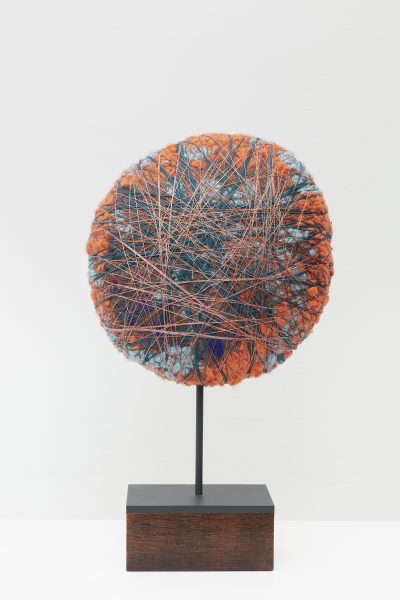 Shanzaba, 2021Natural and synthetic fibers, metal and wooden pedestal
Shanzaba, 2021Natural and synthetic fibers, metal and wooden pedestal
33×33×14 cm
hight with pedestal 60 cm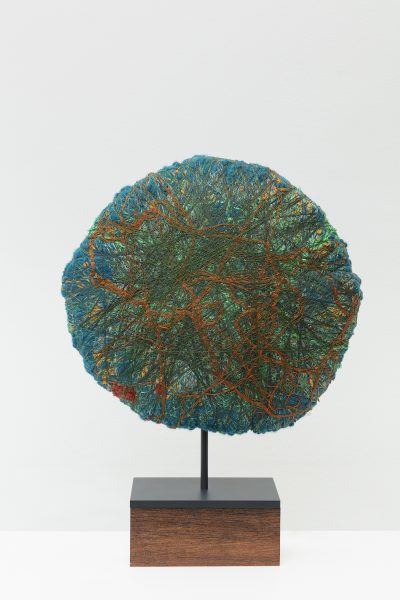 Khusrau, 2021Natural and synthetic fibers, metal and wooden pedestal
Khusrau, 2021Natural and synthetic fibers, metal and wooden pedestal
40×40×13 cm
hight with pedestal 54 cm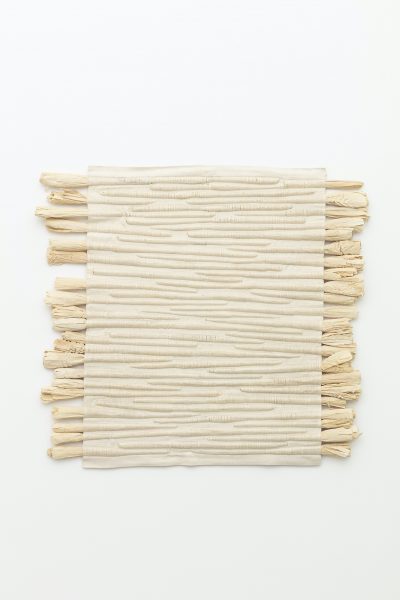 Untitled, 2021Cotton, corn stalks
Untitled, 2021Cotton, corn stalks
100×110 cm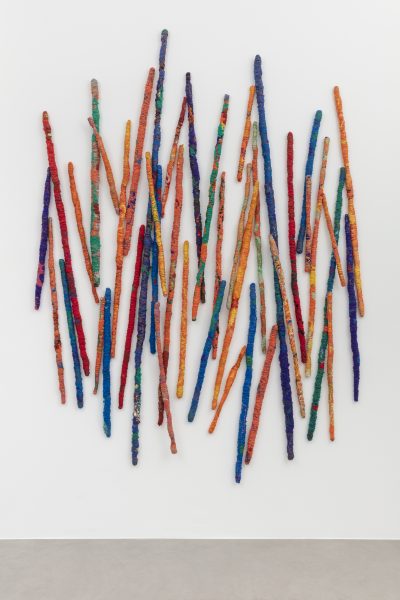 Untitled, 2021Synthetic fiber, natural threads, textile
Untitled, 2021Synthetic fiber, natural threads, textile
280×230 cm
40 elements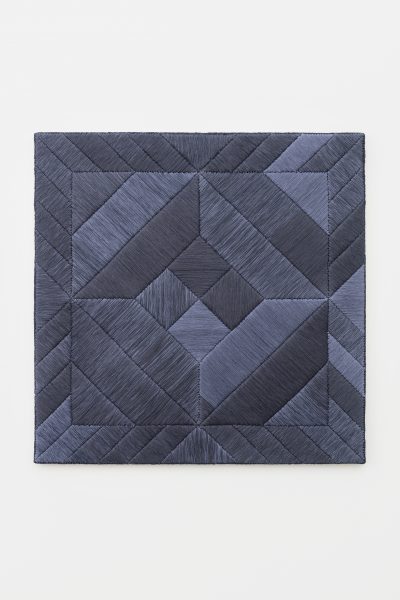 Caleidoscope indigo, 1997linen
Caleidoscope indigo, 1997linen
100×100 cm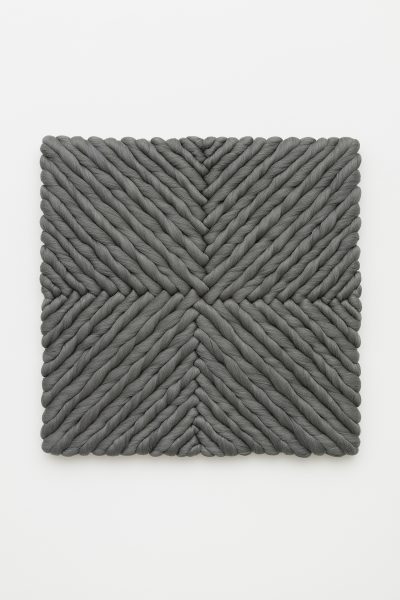 Convergence ardoise, 1996linen
Convergence ardoise, 1996linen
90×90 cm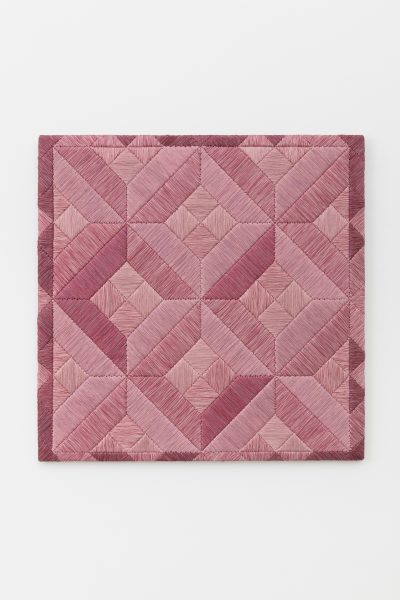 Expanding fertility, 1997linen
Expanding fertility, 1997linen
100×100 cm

















